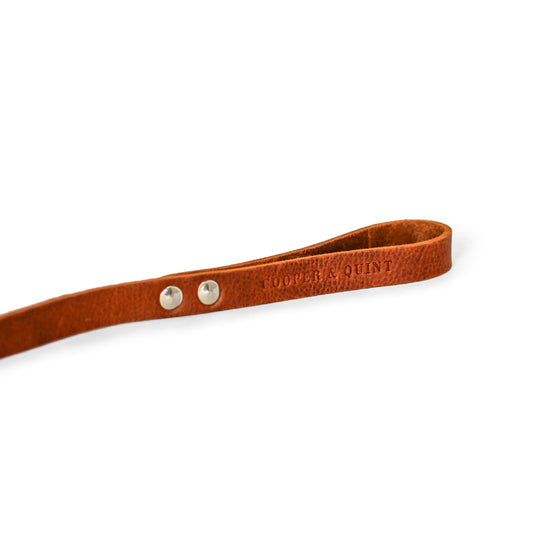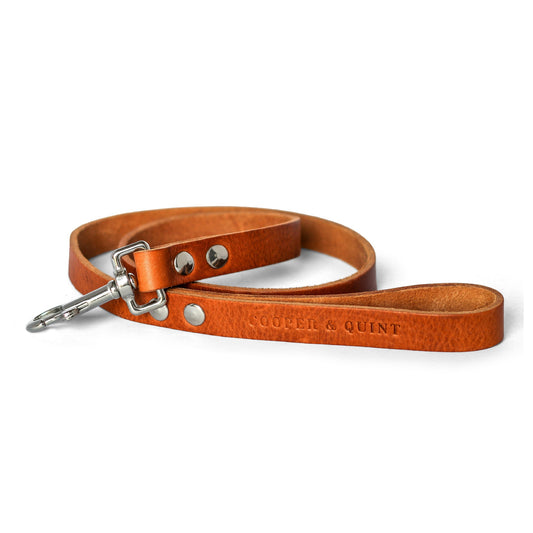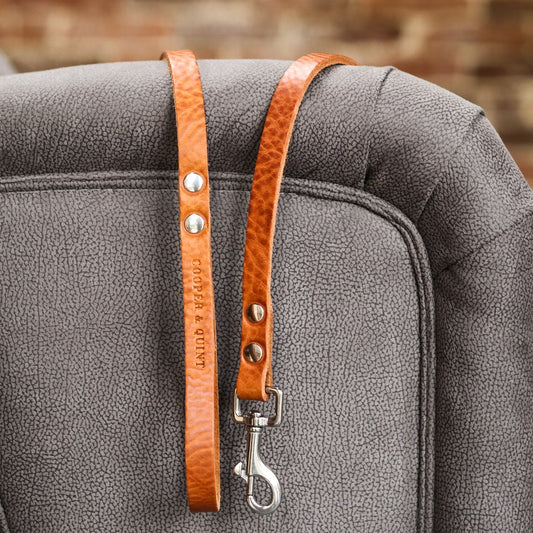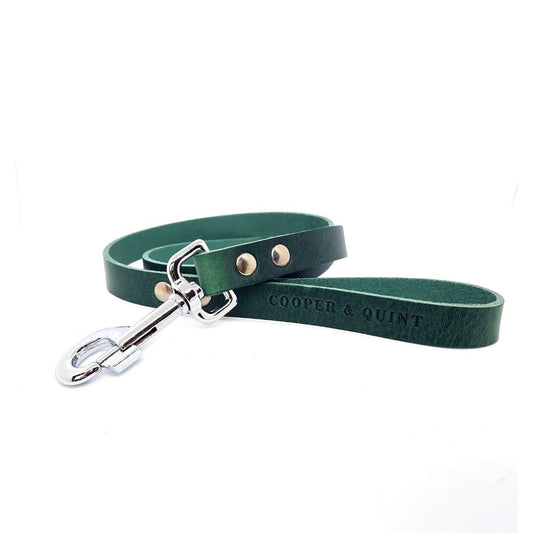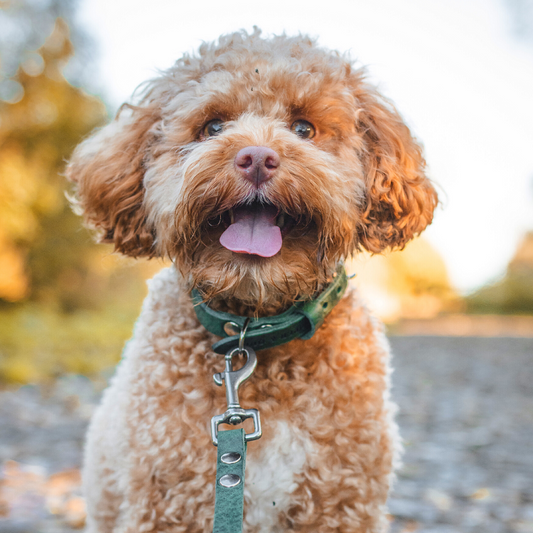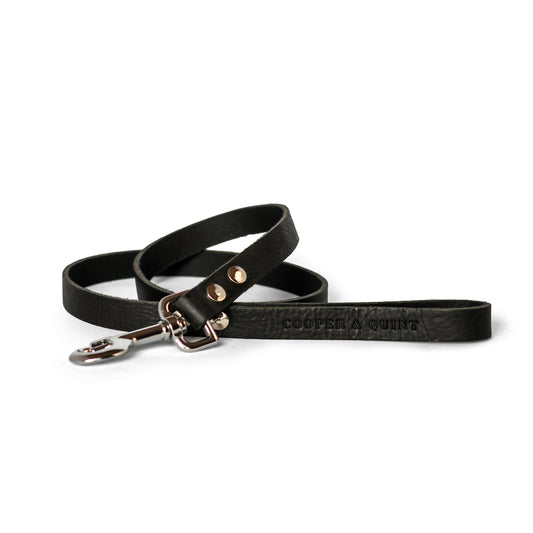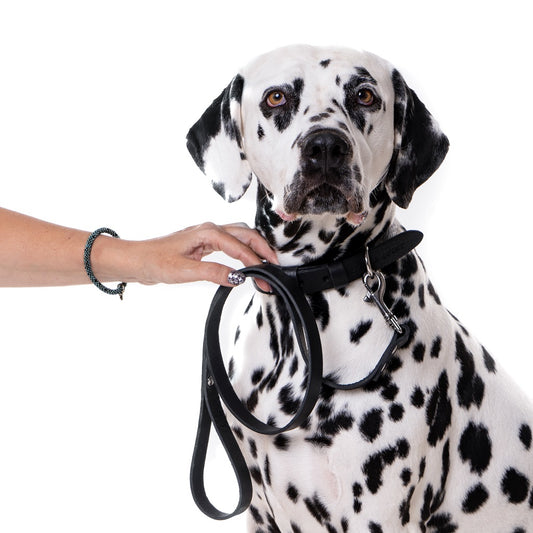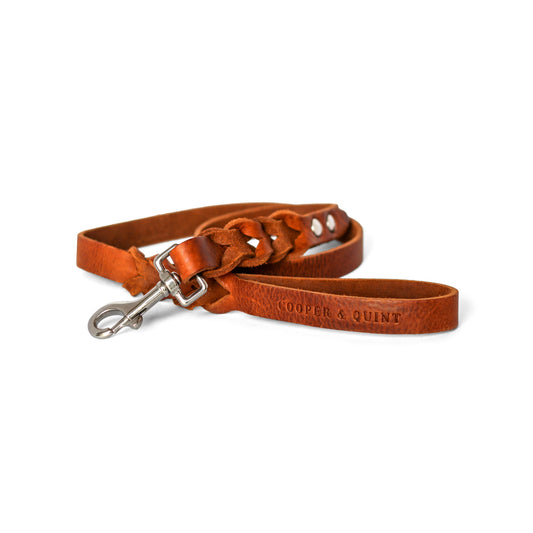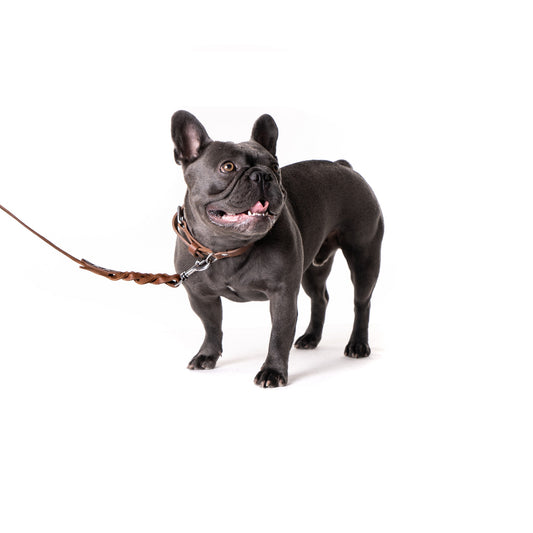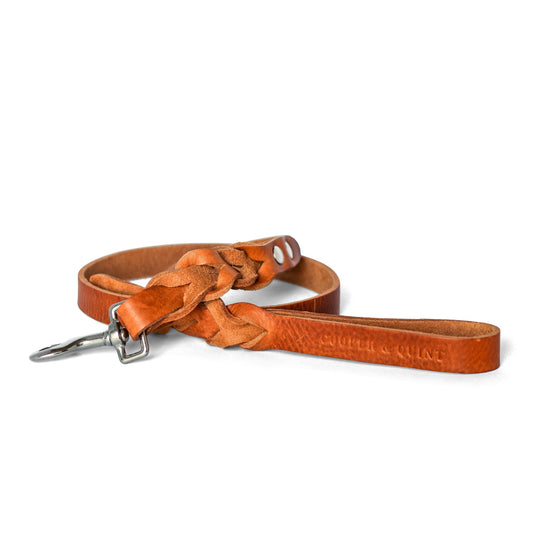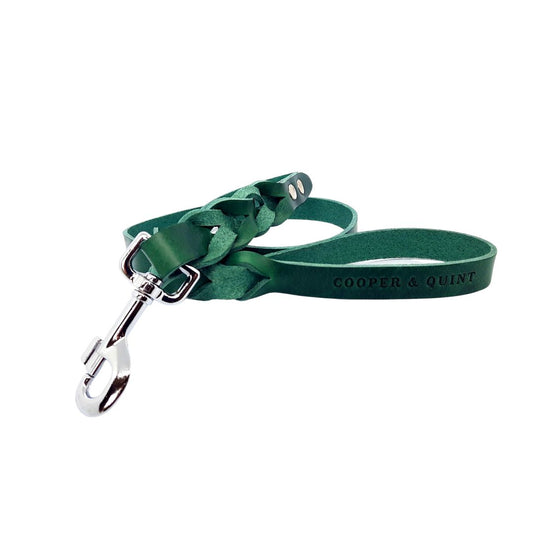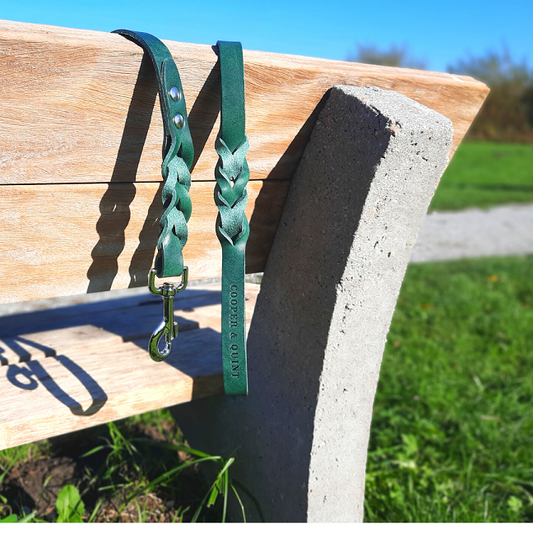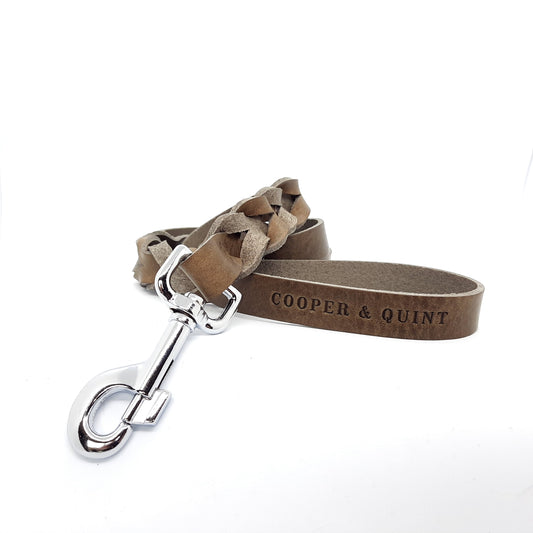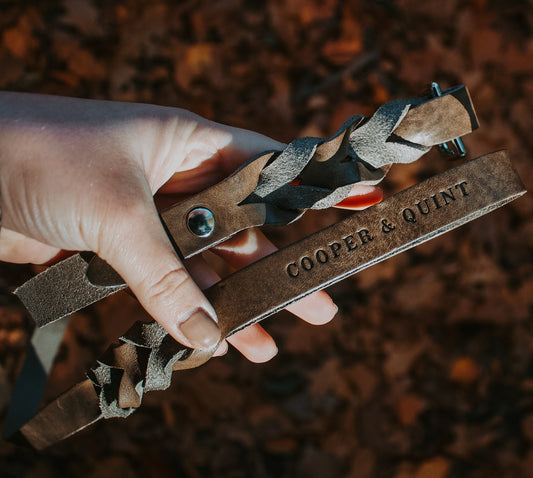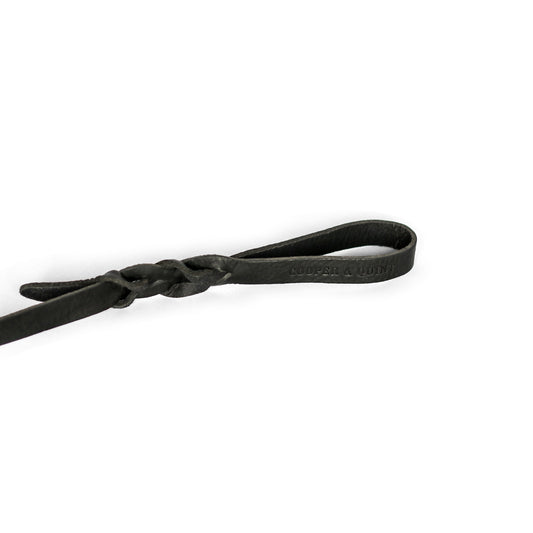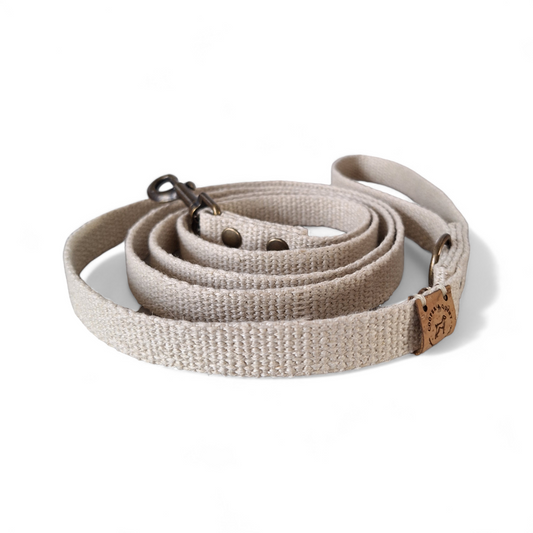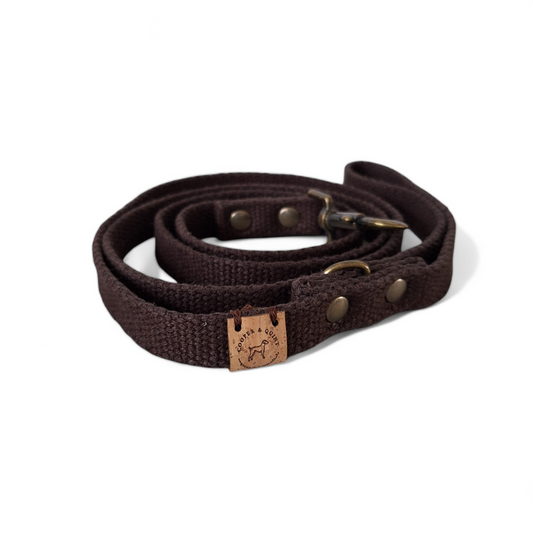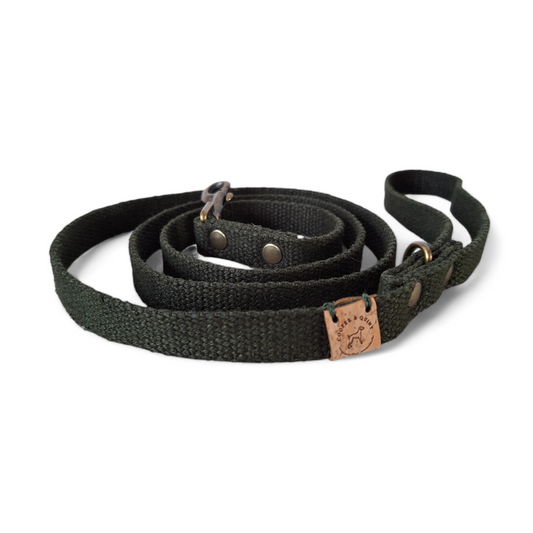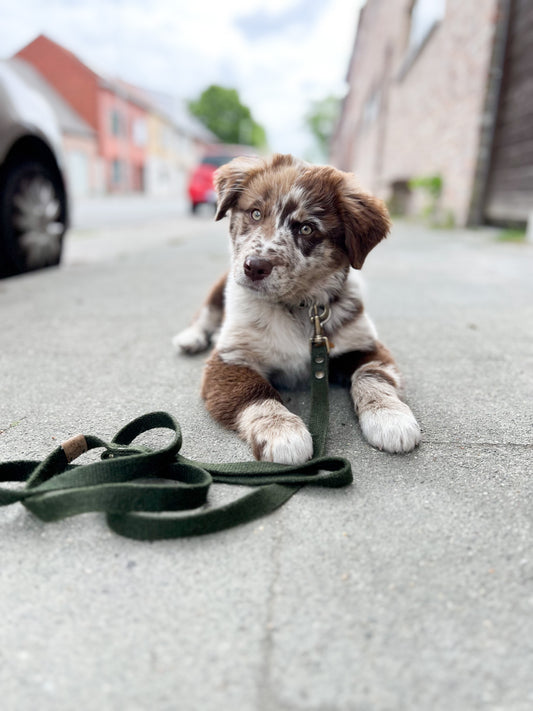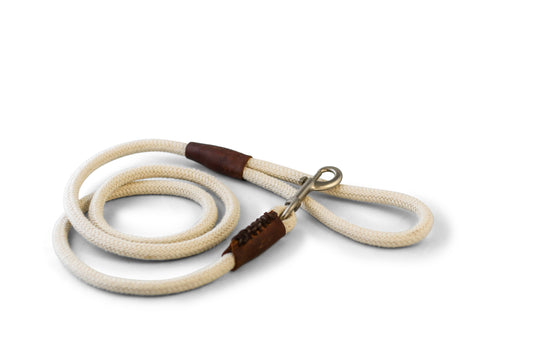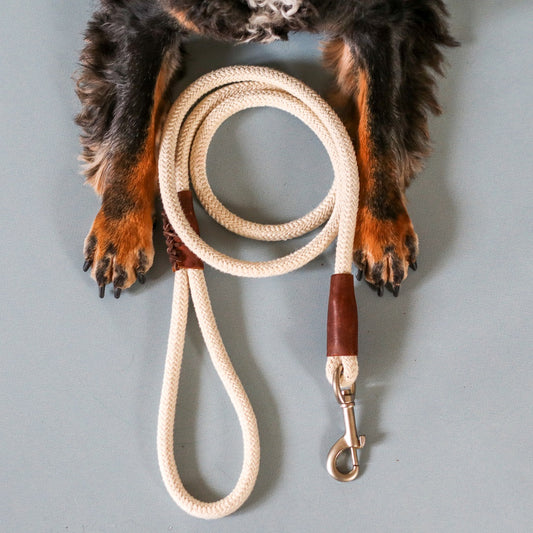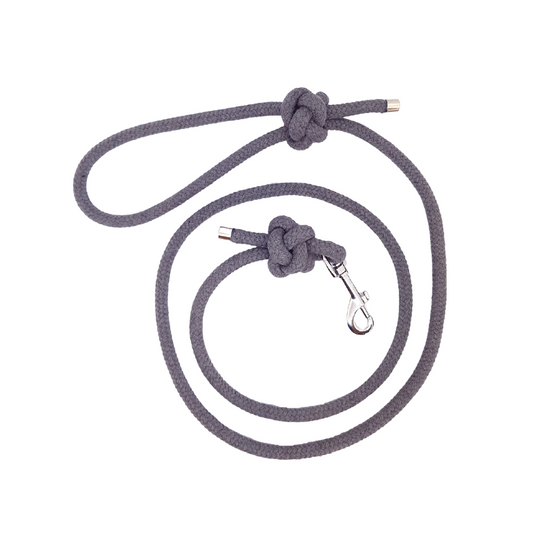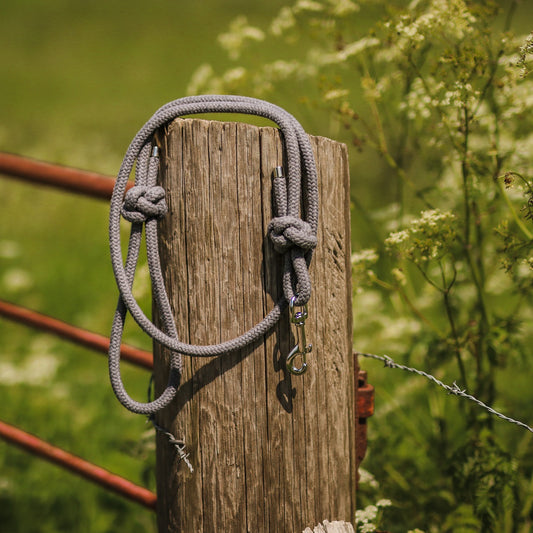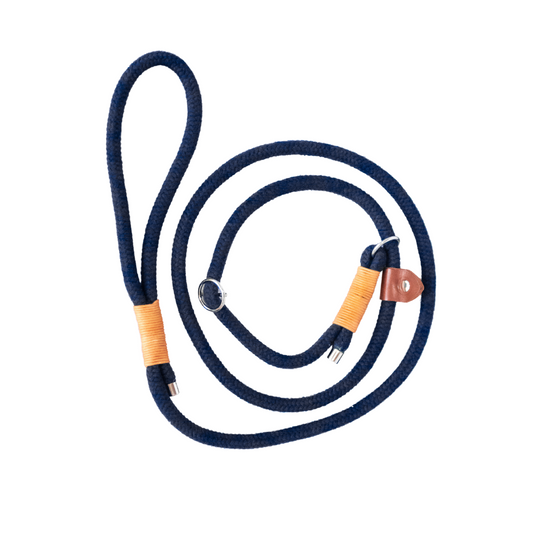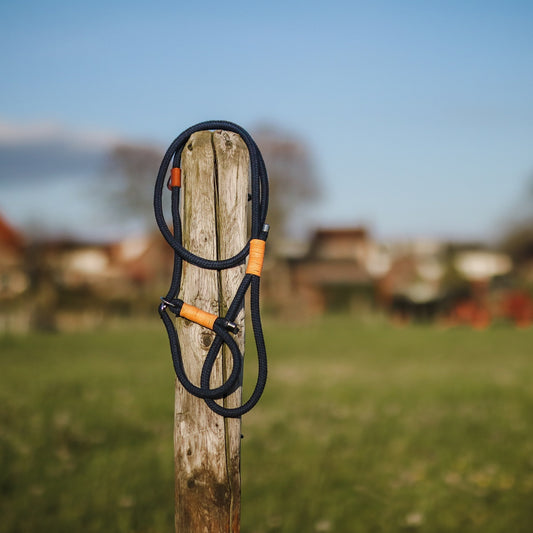Collection: Leash dog
Discover our sustainable leashes made of leather, cotton rope and hemp. Perfect for any adventure with your dog, stylish and strong!
-
No Fuss Dog Leash Brown
Regular price From €54.95Regular price -
No Fuss Dog Leash Camel
Regular price From €54.95Regular price -
No Fuss Dog Leash Green
Regular price From €54.95Regular price -
No Fuss Dog Leash Stone
Regular price From €54.95Regular price -
No Fuss Dog Leash Black
Regular price From €54.95Regular price -
Twisted Dog Leash Brown
Regular price From €64.95Regular price -
Twisted Dog Leash Camel
Regular price From €64.95Regular price -
Twisted Dog Leash Green
Regular price From €64.95Regular price -
Twisted Dog Leash Stone
Regular price From €64.95Regular price -
Twisted Dog Leash Black
Regular price From €64.95Regular price -
Simply Hemp Dog Leash | Shell White
Regular price From €35.00Regular price -
Simply Hemp Dog Leash | Chestnut Brown
Regular price From €35.00Regular price -
Simply Hemp Dog Leash | Forest Green
Regular price From €35.00Regular price -
Just Cotton Dog Leash
Regular price €35.00Regular price -
Cotton Diamond Dog Lead Grey
Regular price €35.00Regular price -
Cotton Ocean Hunting Line
Regular price €35.00Regular price
-

Handmade
-

Sustainable materials
-

Plastic free
-
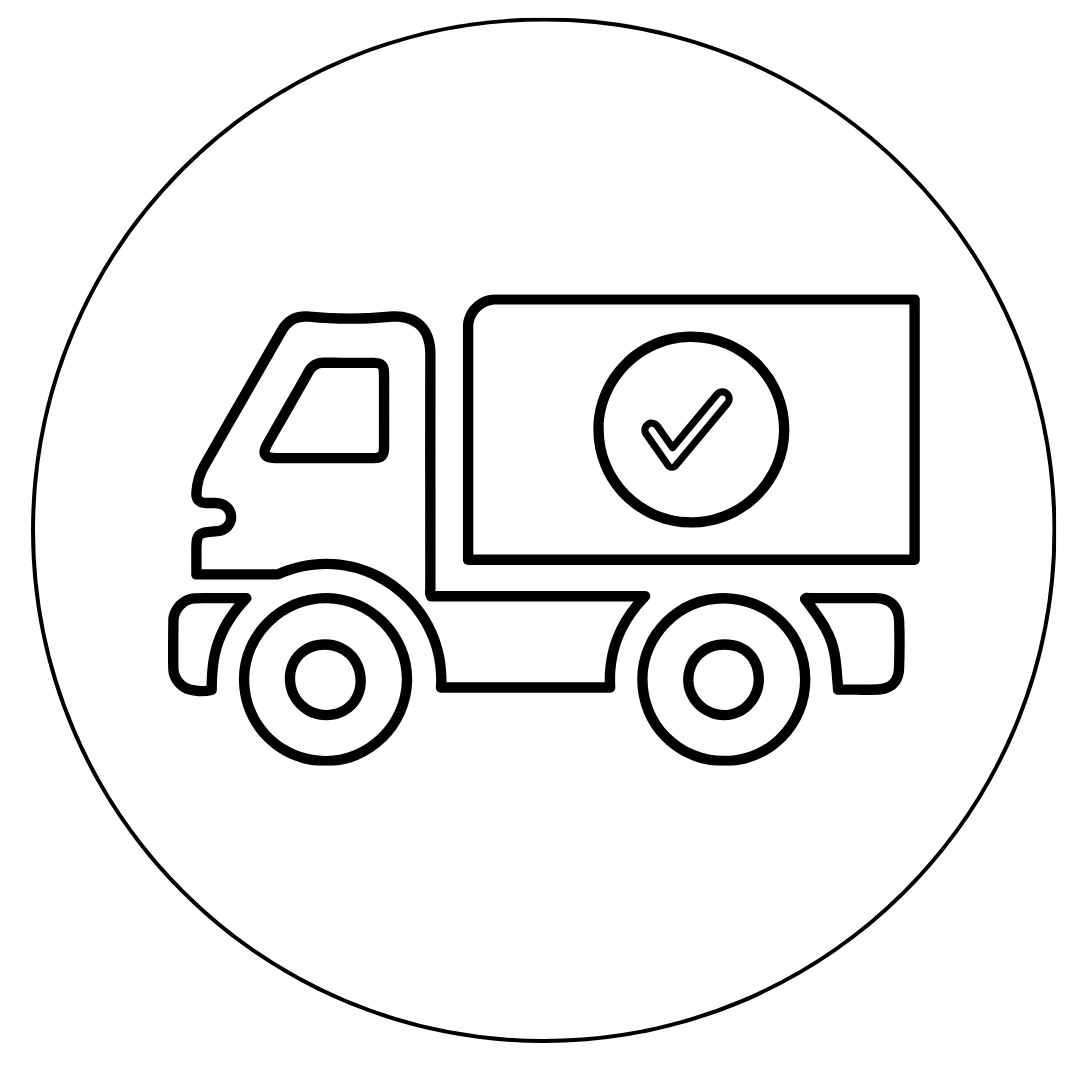
Free shipping from +€50


